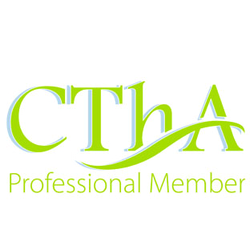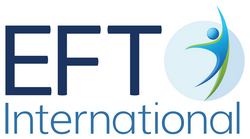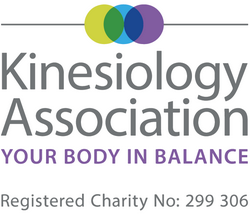Somatic Movement
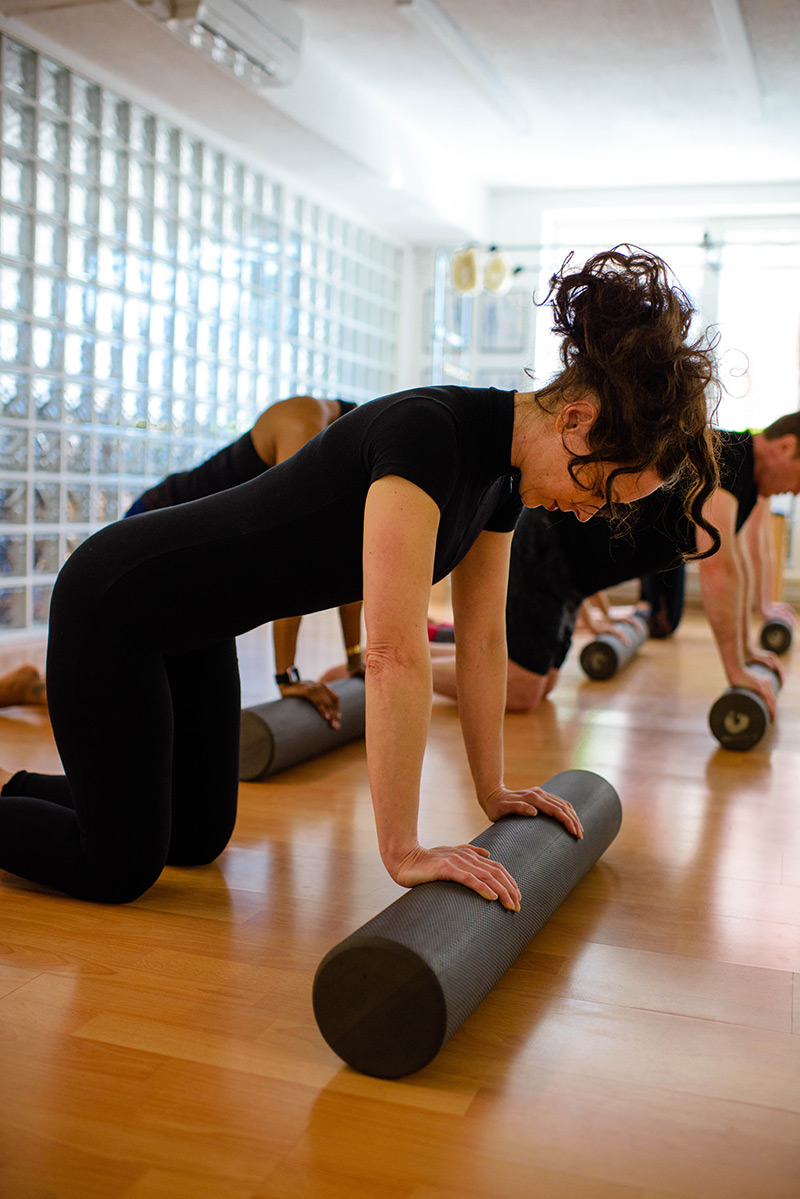
Somatic Movement
Somatic Movement enhances human function and body-mind integration through mindful and restorative movement. SM encompasses distinct disciplines each with their own educational or therapeutic emphasis, principles, methods and techniques.
I incorporate postural and movement evaluation; experiential anatomy; guided movement patterning to increase efficiency; all while developing perceptual, kinesthetic and proprioceptive sensitivity. Somatic Movement supports homeostasis, co-regulation and neuro-plasticity in the human being.
A somatic movement, generally speaking, is one, which is performed consciously with the intention of focusing on the internal experience of the movement rather than the external appearance or result of the movement.
Due to its generic definition, the term somatic can be used to describe a variety of forms of movement and healing modalities. You may have heard of somatic yoga, somatic experiencing, somatic psychology, somatic therapy, or somatic dance therapy. You may have even heard of somatic education!
Thomas Hanna coined the term somatic education. Hanna used the term somatic education to describe methods of sensory-motor education that use somatic movement to improve motor control and sensation and change learned muscular patterns. Many people find somatic movement education methods to be highly effective in relieving chronic pain, improving bodily function, and recovering from common musculoskeletal conditions.
In order to be most effective, a somatic movement should be performed as slowly as possible. The human nervous system, which controls our posture and movement, must learn new things very slowly. With practice, we are able to gradually speed up and perform movements more quickly while still maintaining form and control. When we do movements quickly, we are not learning anything new we are simply reinforcing existing learned patterns.
A somatic movement must also be performed consciously, with our complete internal focus and attention. Conscious attention is key to the learning process; we can't learn something new if we aren't aware of what we're doing.
Methods of somatic education teach specialized somatic movement techniques in systematized ways that are specific to each method. Well-known methods of somatic education include Clinical Somatic Education, also known as Hanna Somatic Education, the Feldenkrais Method, and the Alexander Technique.
Many methods of somatic education use both hands-on movements, guided by a certified educator, and self-care movements, which are practiced by the student on a regular basis at home. One of the tenets of all forms of somatic education is that students should be responsible for their own health and learning. The role of a somatic educator is to empower students to take care of themselves by teaching them the tools they need to stay out of pain and continue to improve their posture, movement, and function throughout their lives.
Related Pages

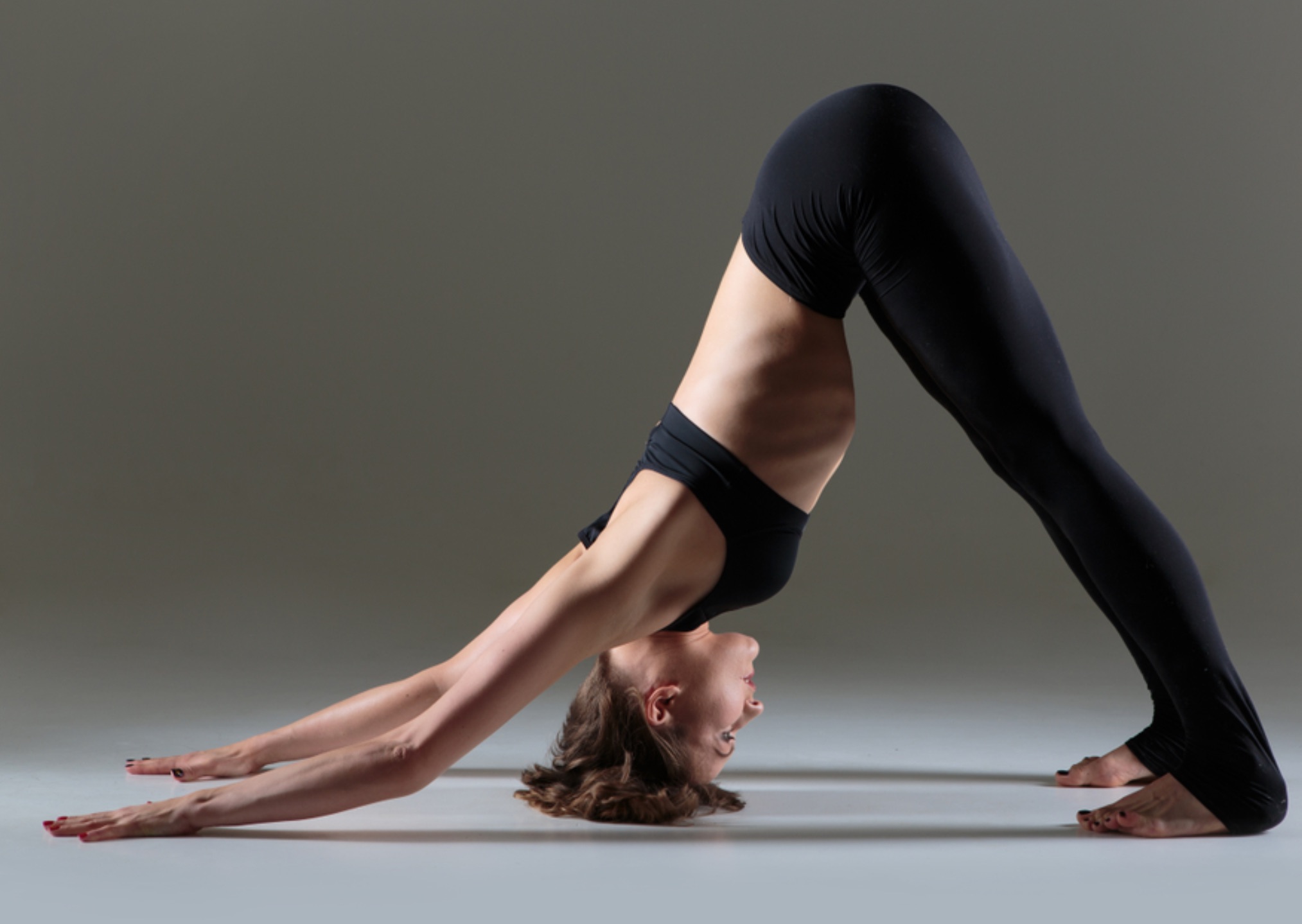
Related Pages
Pilates Yoga - Hatha & Vinyasa
Yoga - Hatha & Vinyasa

What I Do
Soma-Body-Mind Approach Physical-Structural Bodywork
Physical-Structural Bodywork
 Emotional-Mental Techniques
Emotional-Mental Techniques

Next Previous Blog/News
I heard that some people don't know what to do with all the time on their hands during this "stay home, stay safe" period. Others have begun amazing new hobbies or are running around with their hair on fire juggling work from home, homeschooling, hom...
Next Previous Testimonials
"I suffer from a long-term sciatic problem that is severe and causes a good deal of pain. I have been working with Sonia for three months and my core strength has improved, as has all the muscle strain around the weak part of my spine. My osteopath says that he feels a real improvement. I love my sessions with Sonia, they are always varied and especially tailored to fit my very particular needs. She is thorough, kind and attentive. I have recommended her widely and will continue to do so." Jennifer S
"I have always been very active having played a number of sports to a very high standard. My focus has always been on strength and fitness and I realised after a couple of minor injuries that I had neglected some key principles. Working with Sonia was of course very different to working out in a gym or to any other training regime I had been involved in but it has so far had a huge impact on everything that I do - from walking to the tube and avoiding recurring foot injuries to my posture at work and also in the gym. I have learnt things about my body that I never knew and I now wish I had known before. I thought her style of pilates would be interesting and a change from my normal workouts but it has had a much deeper impact than I could have imagined. I now know so much more about my body and can put that knowledge to use in my workouts and everyday fitness regime. Just because you go to the gym 3 times a week does not mean you don't "need" Sonia - in fact I would suggest the opposite. In addition to this, on a personal level, Sonia always makes her sessions interesting. She is an interesting and engaging person who will make an introduction to Pilates Yoga or Somatic Movement a most worthwhile experience and even experts will benefit from her broad knowledge about the body and the mind. I couldn't recommend Sonia more highly to everyone, of all ages and all levels of fitness and experience." Graham H



